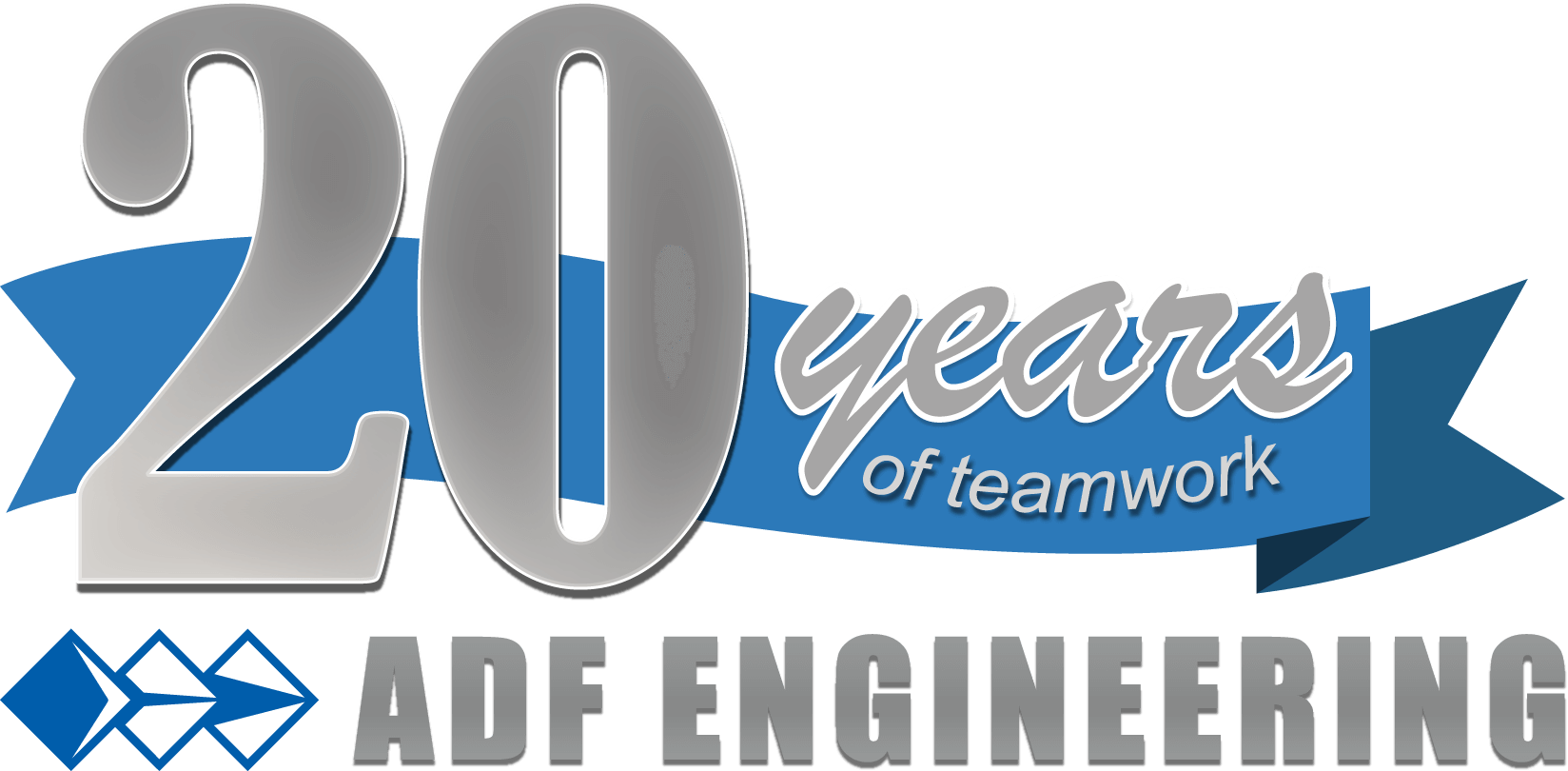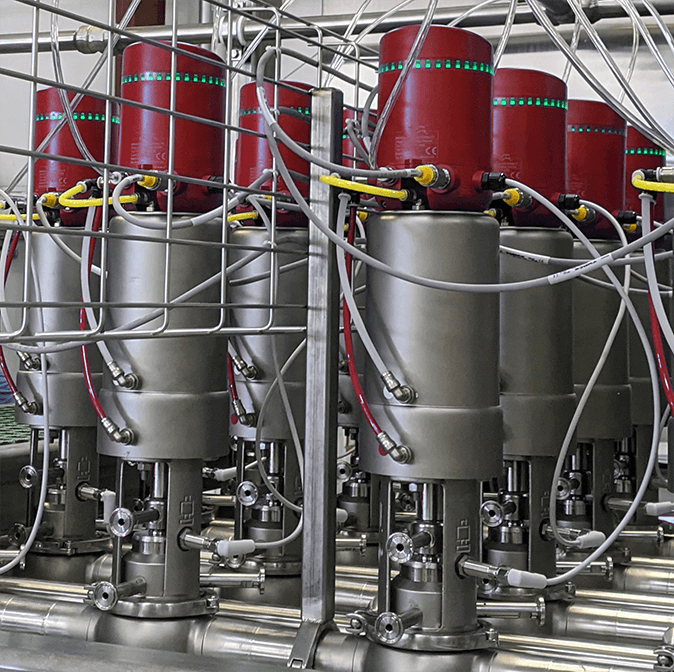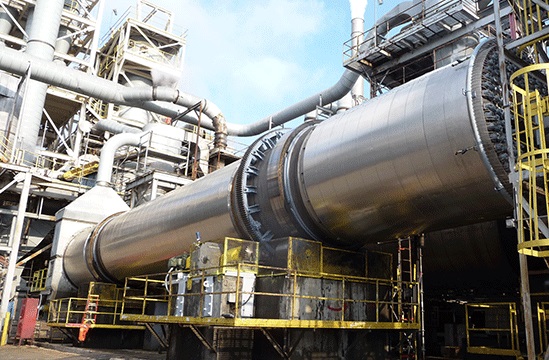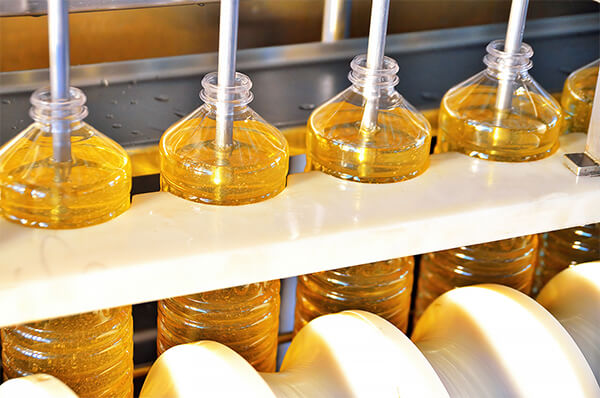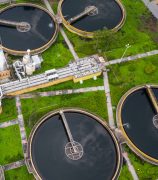The Benefits of an Automated Valve Matrix
Written By: Rakesh Patel, P.E. Production and packaging processes in food and beverage manufacturing industries are highly complex hence optimizing flow patterns without compromising food safety, product quality and operational flexibility is essential for an efficient operation. An automated valve matrix is a great option to replace manual processes involving flow panels or individual valves through optimized and automated flow management thereby decreasing product cross contamination risks, improving CIP, reducing fluid transfer time, and minimizing changeover/production down times. A mixproof valve enables simultaneous flow of two different fluids through the same valve without allowing them to ever mix. These types…
